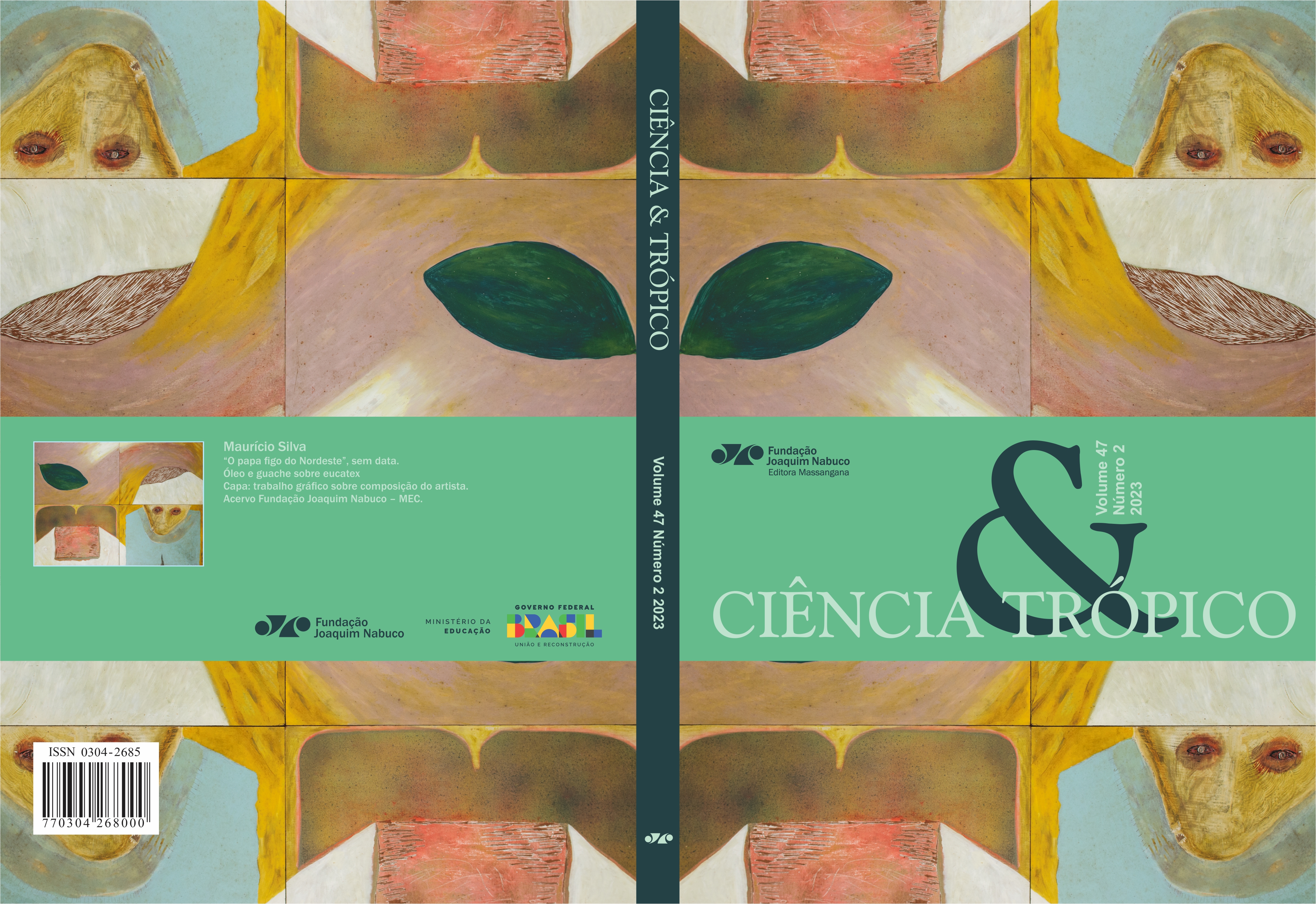Temporal changes in land use and cover at the mouth of the Cocó River, Fortaleza-Ceará
DOI:
https://doi.org/10.33148/CETROPv47n2(2023)art12Abstract
The growth of the urban area towards the east sector of Fortaleza, motivated mainly by tourism, brought impacts to the ecosystems and communities that inhabit the surroundings of the mouth of Cocó River. This article objectively analyzes the land cover use process in the region in the years 1985, 2002 and 2021. As specific objectives, it seeks to quantify the land use and occupation units and generate maps with the temporal evolution for the area of study between the periods of 1985-2002, 2002-2021 and 1985-2021. Through the Mapbiomas project, maps and statistics of urban evolution were generated in a GIS environment. Among the 9 remaining land use and cover units, the Urban Area was the one that grew the most: between 1985 and 2021, a total of 733.96% (1.25 km² advancing), making over the natural use and cover units from the ground, such as Mangrove, Restinga, Apicum, Beach, Dune or Sand. The results point to the need for the public power to protect the urban expansion of the region, in order to conserve the ecosystems and the ways of life of the local communities.
Keywords: Ecosystem Services. Traditional Communities. Temporal Changes in Land Use and Cover. Urbanization.
Downloads
Downloads
Published
How to Cite
Issue
Section
License
Copyright (c) 2023 Fernanda Rocha Sales, Professor Dr. Rogério

This work is licensed under a Creative Commons Attribution 4.0 International License.


